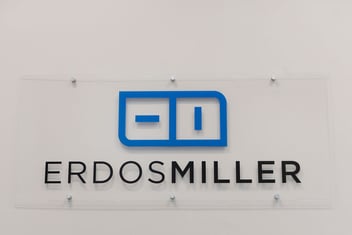Four Best Practices For Updating Legacy Systems
Inherited legacy systems are often the type of thing that keeps engineers and managers up at night. Quite often this leviathan sits in some dark corner with a mess of tangled wires running about. You don’t know how it works and you sure don’t know how to fix it. It runs off software that no one supports, and you don’t have a clue how you would replace it.
Legacy systems intimidate even the most skillful engineers. At Erdos Miller, we have extensive experience managing migration of legacy systems and dealing with outdated control, data acquisition, and test automation systems. We have distilled these experiences down and would like to share some best practices for handling these problems.1. Organize a meeting with all the end users of the system and those who interface with the system
Get everyone together and discuss the functionality of the system and how it interfaces within the organization. The goal is to determine any shortcomings of the current system and to identify the cost and risks associated with migrating the system. In particular, dive deep into the following topics:
- Are there things that the end users would change about the current system from a functionality standpoint?
- Is there additional information that the system could capture that would be useful to your organization?
- Would the system be more useful if it were integrated with additional systems?
- What functionality do you anticipate needing in the future?
2. Take a holistic approach and weigh the costs, risks, and benefits to your organization
At this stage, you are weighing all your options and determining the best path to proceed.
- Is it best to migrate the system over in pieces to avoid downtime, or is an all at once approach required?
- Do you need to change out all the hardware or are there components of the system that are just fine the way they are?
3. Create a plan
Create a detailed plan for the migration. At this point, the more detail the better. Make sure to include a test plan with details on how you will test the components of the system. If you would prefer to have assistance, Erdos Miller can help you create a plan.
4. Test, Test, Test, and Test
Diligently test the system throughout the project. At Erdos Miller, we use a test-focused agile development process. Combining coding best-practices with test-focused development maximizes the flexibility to rapidly make changes as necessary, and the ability to add capability over time efficiently.
Conclusion
Migrating legacy systems can be a daunting task and require a lot of knowledge on a lot of different systems. However, a well though-out approach can save you a lot of time and money. If you are interested in migrating your legacy systems and would like some additional help, Erdos Miller offers a free audit of your existing system. Please contact us at 1.888.337.0869 to schedule one of our applications engineers to come by for a visit.




